Okay. Leaving. Again. Heading south. Again. Is this it? Who knows? If there’s one thing we’ve learned in the last 6 months, it’s that making predictions is a fool’s errand. We’ve gotten a lot of stuff figured out since returning to Brunswick 5 days ago, but Meraviglia is 38 years old and we’re sure more stuff is going to break.
The oil leak seems to be fixed with a repeat replacement of the rear seal. After 5 hours of run time, we have ONE DROP of oil under the engine. Is it a harbinger of disaster? Maybe. But we’re going to watch it for now.
We now have the alternator charging the batteries-a win. We have the inverter converting DC into AC. Also a win. We have the SmartShunt configured and showing us power usage. Yet another win.
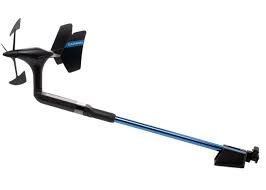
On Friday, we wrestled with our anemometer (wind indicator). After installation, it worked great. Until it didn’t. Lately it’s been showing the wind coming from the opposite direction and blowing about 60 mph. We’re pretty sure we were not experiencing a hurricane at that time. After checking all the connections, disconnecting ALL the instruments and reconnecting them, resetting our chart plotter, and making yet another trip up the mast to replace the actual measuring device, we still had the problem. The next step was to replace the wire running from the top of the mast to the inside of the boat. I REALLY didn’t want to do that-it’s a load of work. Then I remembered something: on the same day the anemometer went haywire, the autopilot compass also acted weird. They really shouldn’t be related, but since all our electronics are on the same network, I figured, why not check it. So we went out yesterday and recalibrated the autopilot compass. All of a sudden, the anemometer was reading correctly! Why? No idea. Will it last? No idea. But it worked for a solid hour after that, so I am going to take the win.
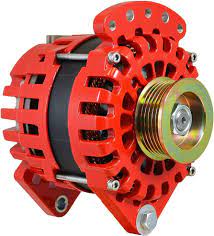
We’ve also had a problem with our engine tachometer/hour meter not reading. Now, I am not so concerned about the tachometer, but the hour meter on the engine would really help with figuring out when maintenance is due. We tried a bunch of stuff and nothing seemed to make a difference. Then I found out that the tachometer is getting its data from our alternator. And we changed our alternator to a high-output Balmar alternator to more quickly charge our batteries. BINGO! Turns out that Balmar alternators don’t play nice with tachometers. So, I know what the problem is. Not sure how to fix it, but at least we have the problem identified.
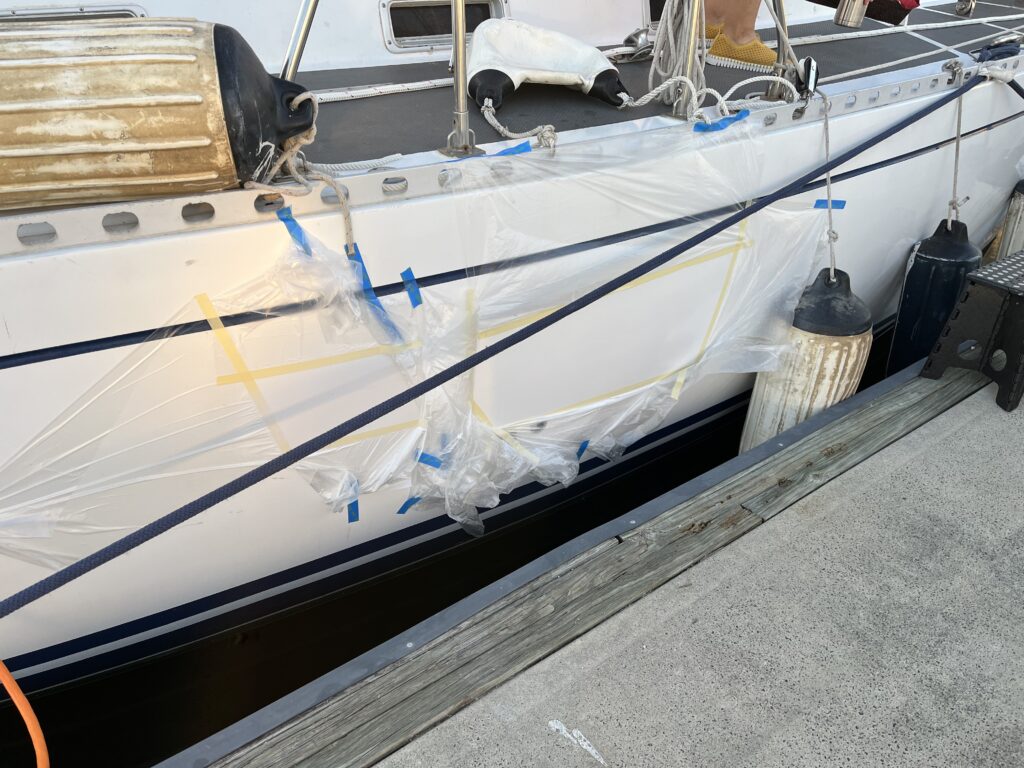
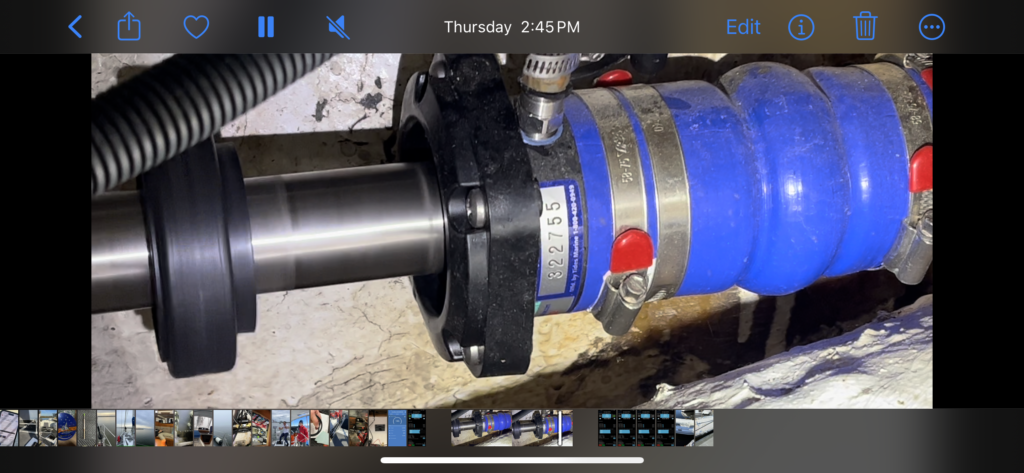
We decided, at that point, we may as well go. Again. We missed a really nice few days of weather. After today, it’s supposed to go downhill for about a week. Fortunately, we can use the Intracoastal Waterway to work our way south. Not as fun as sailing on the ocean, because we have to motor on the ICW, but at least we’re moving! The main issue is the bridges. We have this big stick sticking up from our boat-the mast. The top is 64 feet above the water. There is an antenna at the top two feet above that. Most bridges on the ICW are 65 feet clearance. Math anyone? So the key here is watching the tide. We want to hit the questionable bridges as close to low tide as possible. Of course, that also makes the water depth a challenge, so it’s a balancing act. We’ll probably abuse our VHF antenna a little, scraping it under some bridges, but we can live with that. Of course the anemometer is up there too and let’s not mess THAT up (again).
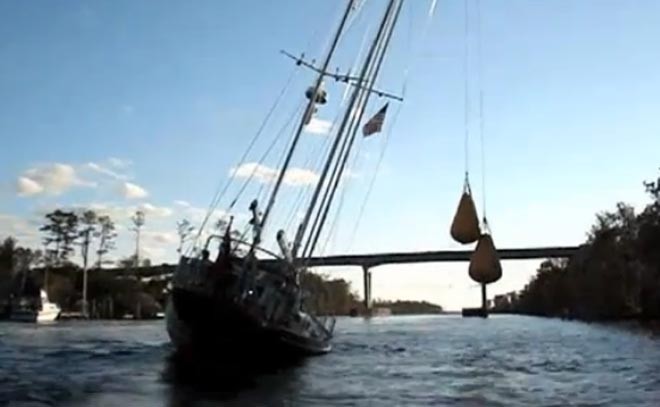
So, here we are! On the not-so-high seas of the ICW. What will happen? Will they make it? Will the boat break? Will they run aground? Will Bob finally realize that space aliens are controlling his thoughts? Tune in next time for the answers to these and other mysteries.

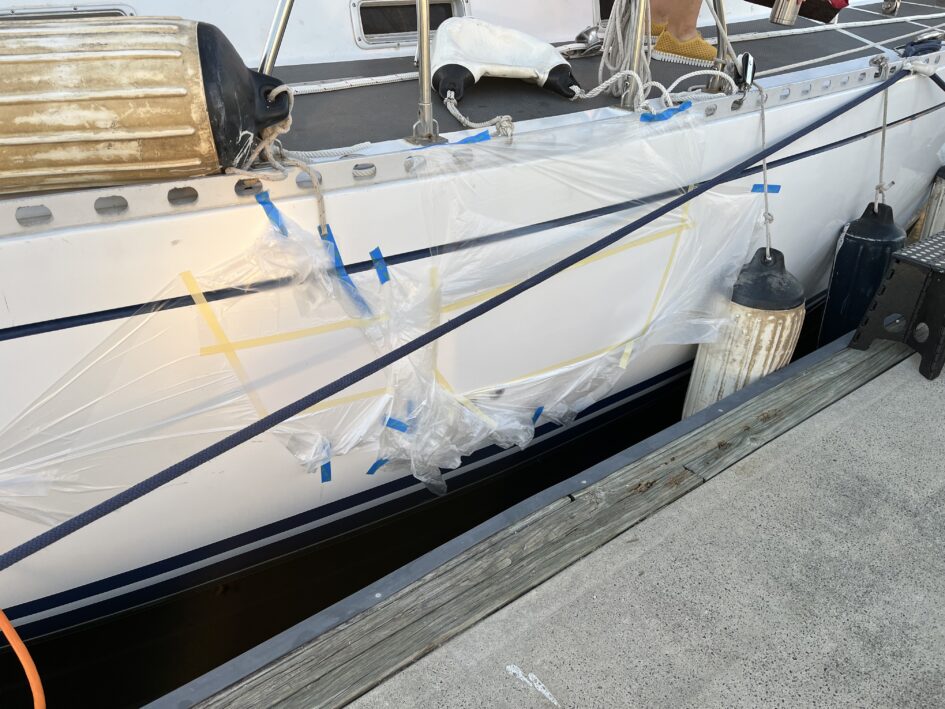
December 10, 2023 at 5:49 pm
If the topic is “Bob vs Space Aliens,” my $ is on Bob.